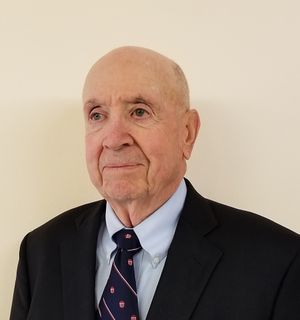Thomas F. Budinger
Biography
Thomas F. Budinger’s groundbreaking work has defined how radiation can be safely applied to medical imaging, enabling the development of positron emission tomography (PET) and single photon emission computed tomography (SPECT) radiotracers critical to investigating conditions including cancer, heart disease, Alzheimer’s disease, and brain injury. His research group at the Lawrence Berkeley National Laboratory has made world-class contributions in the fields of radiotracer development, radiotracer imaging, and tomographic image reconstruction. Budinger pioneered the use of the 82-Rb generator for heart imaging, which was commercialized under the brand name CardioGen-82, for clinical use. He performed the first SPECT dynamic imaging study of the human heart, which required a novel combination of list-mode data acquisition, cardiac gating, attenuation measurements of the spatially inhomogeneous human chest, and tomographic reconstruction. Budinger’s team created the Primer on Reconstruction Algorithms, which was distributed worldwide during the late 1970s and 1980s, allowing scientists and students to gain hands-on experience in computed tomography using radionuclides or X-rays. This work also led to the quantitative understanding of how time-of-flight could be used in PET and how the statistical noise in reconstructed PET images could be reduced as the timing resolution was improved. These concepts are found in PET scanners being used today. Under his leadership, the construction of the PET 280 and the PET 600 scanners demonstrated how the limits of PET resolution could be approached. The PET 600 was constructed using 600 individually paired detectors and photomultiplier tubes to obtain a landmark 2.3-mm resolution. Budinger was a key player in the development of the Committee on Medical Internal Radiation Dose (MIRD) guidelines for safe use of radiopharmaceuticals. The MIRD Primer was published in 1988, providing outlined models and methods for determining organ dosimetry. He described, from biophysical principles and experiments, the safety of magnetic resonance imaging that is leading to human studies at 10 Tesla and beyond.
An IEEE Life Member and member of both the U.S. National Academy of Medicine and National Academy of Engineering, Budinger is a professor of bioengineering at the University of California, Berkeley, Berkeley, CA, USA.
